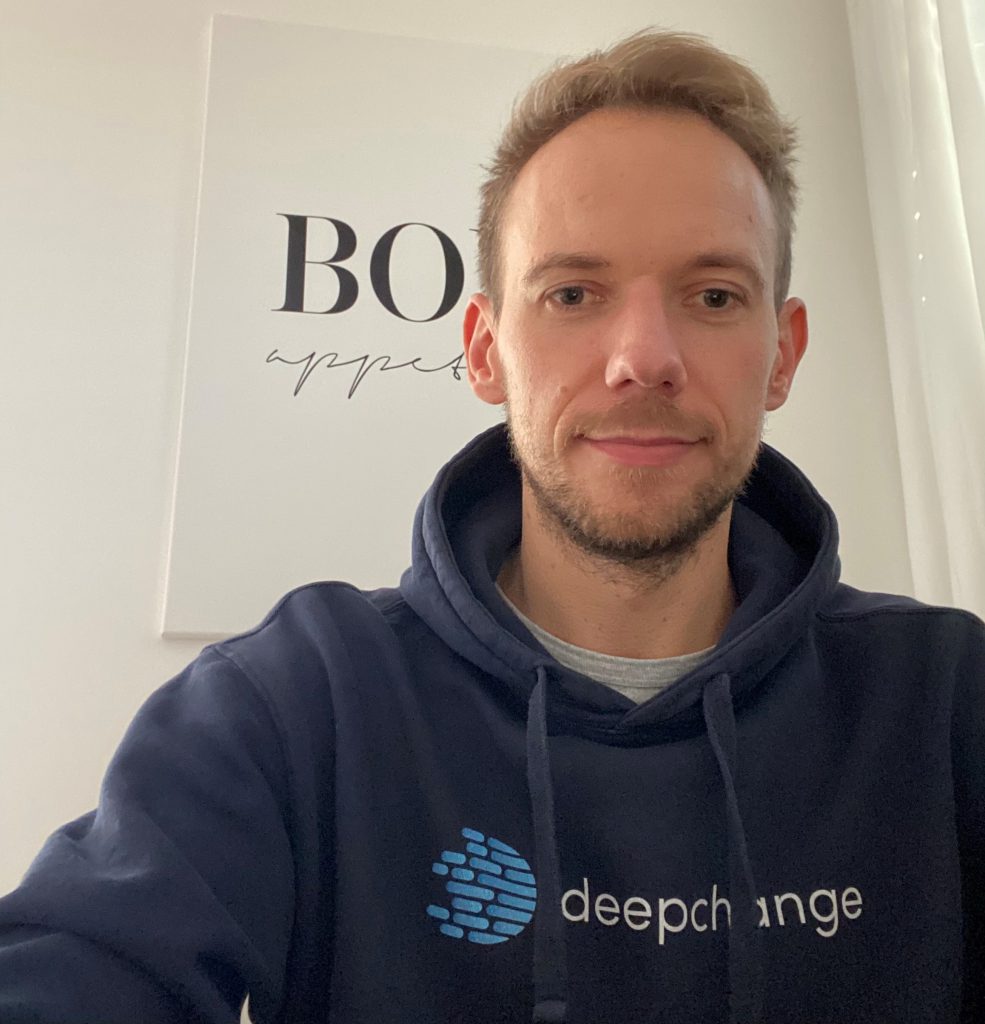Meet Jonas Schnabel, one of the co-founders of ‘Am I In Porn’, a platform helping people find and remove private videos in which they appear without their consent.
Non-consensual distribution of intimate content, also known as “revenge porn”, is a growing phenomenon both North and South of the Mediterranean. While the phenomenon is often a continuation of offline intimate-partner violence, it constitutes one of the few “new” forms of violence which are facilitated and aggravated by the use of technology. Because it is a new phenomenon, most countries are lagging behind when it comes to its criminalisation. Moreover, societal attitudes towards women’s sexuality, taboos, blaming, control and shaming have harmful psycho-social effects on women victims of “revenge porn”, who therefore tend not to report these crimes.
EuroMed Rights: Why did you create this platform?
Jonas Schnabel: Am I In Porn was created based on stories from friends. We had heard frightening experiences in which, for example, former partners published intimate and, above all, private recordings without consent. In most cases, the people affected only found out about it through rumours and could not investigate the matter themselves. We realised how much suffering victims were experiencing. We also noticed how severe the consequences are and the unbelievable extent of the issue globally. Therefore, we wanted to develop a resource that would serve all people who find themselves in similar situations. The project started in 2018 and we are currently expanding the team.
On a personal level, because the effects of “revenge porn”, described as the non-consensual distribution of intimate images of victims are indescribable. Fighting against it and helping these people motivates me. Their stories became my personal mission.
What is the concept of the page and how do you make sure videos are deleted?
You can upload a picture and get matching results of videos in a few seconds. It is a tool for every person – affected or not – to take back control and to act against violations of their rights and their own dignity. To fight against image-based sexual abuse we have founded an alliance with organisations, affected people, lawyers etc. in order to cover together every aspect of this issue.
How long does it take you to ask for a video to be removed?
This depends on where the provider of the website on which the video was found is located and how easy they are to reach. The time period can range from between a few days to several months or even never.
How many people have you helped so far approximately? Were they women or men?
Experience shows that it is mainly women who are affected. We cannot provide concrete figures about the people affected who use our platform. In the last month (Oct. 2020) we had over 21,000 users.
Do you work with mainstream porn platforms?
We do not work directly with platforms and we are not discussing with any platform. Based on our experience, platforms are generally not interested in an exchange. They see themselves as pure mediators between supply and demand. They do not feel responsible for the actual supply. From our point of view this is outrageous, and they have to start taking responsibility for their content. Together with two other organisations- ‘annanackt’ and ‘HateAid’- we have launched a petition that already has 60k signatures to change that.
In your opinion, what reforms are needed to end these practices?
As stated in the petition, we need a clear legal basis to make porn platforms take responsibility. We also need improvements in criminal law so that those affected can take action against the perpetrators. Finally, we need more training and better technical equipment for the police, judiciary and state-funded aid agencies.

